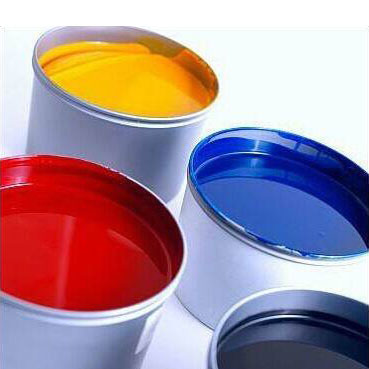The difference between organic pigments and dyes:
Organic pigments and dyes are colored organic compounds, from the chemical structure of organic pigments and dyes, they are very similar, and even some organic compounds can be used as dyes and organic pigments, but organic pigments and dyes are indeed two different concepts, the main difference between them is different application performance.
The traditional use of dyes is to dye textiles, while the traditional use of pigments is to color non-textiles (such as ink, paint, coatings, plastics, rubber, etc.). This is because dye has affinity (or direct) to textiles, can be adsorbed by fiber molecules, fixed; However, pigment has no affinity for all coloring objects, and mainly relies on resin, adhesive and other film forming substances to combine with coloring objects. In the process of use, dyes generally dissolve in the medium. Even disperse dyes or VAT dyes also undergo a process of dyeing from a crystal state to a molecular state, which is first dissolved in water, and then dyed on the fiber. Therefore, the color of the dye itself does not represent its color on the fabric. Pigment in the process of use, because of the insoluble medium, so always exist in the original crystal state. Thus, the color of the pigment itself represents its color in the substrate. Because of this, the crystal state of the pigment is very important to the pigment, while the crystal state of the dye is not so important, or the crystal state of the dye itself is not closely related to its dyeing behavior.
Pigments and dyes are different concepts, but in certain circumstances, they can be used. Some anthraquinone VAT dyes, for example, are insoluble dyes but can also be used as pigments after pigmentation. This type of dye is called pigment dye, or dye pigment.
The difference between organic and inorganic pigments:
Inorganic pigments are non-ferrous metal oxides, or some metal insoluble metal salts, inorganic pigments are divided into natural inorganic pigments and artificial inorganic pigments, natural inorganic pigments are mineral pigments.
Organic pigments are colored organic compounds, also divided into natural and synthetic categories. Synthetic organic pigments are commonly used now. There are many varieties of organic pigments with complete colors and better performance than inorganic pigments.
Inorganic pigments are mainly carbon black and iron, titanium, barium, zinc, cadmium, lead and other metal oxides or salts.
Organic pigments can be divided into mono azo, double azo, lake, phthalocyanine or thick ring pigments, etc.
Inorganic pigment fast, heat resistance, weather resistance, solvent resistance, covering power is strong, but the chromatography is not very complete, low coloring power, color brilliance is poor, some metal salt and oxide toxicity.
Organic pigments are diverse in structure, complete in color, bright and pure in color, strong in coloring, but some products have poor light resistance, weather resistance and solvent resistance. Organic pigments also have good light resistance, weather resistance and solvent resistance, but their price is expensive.


